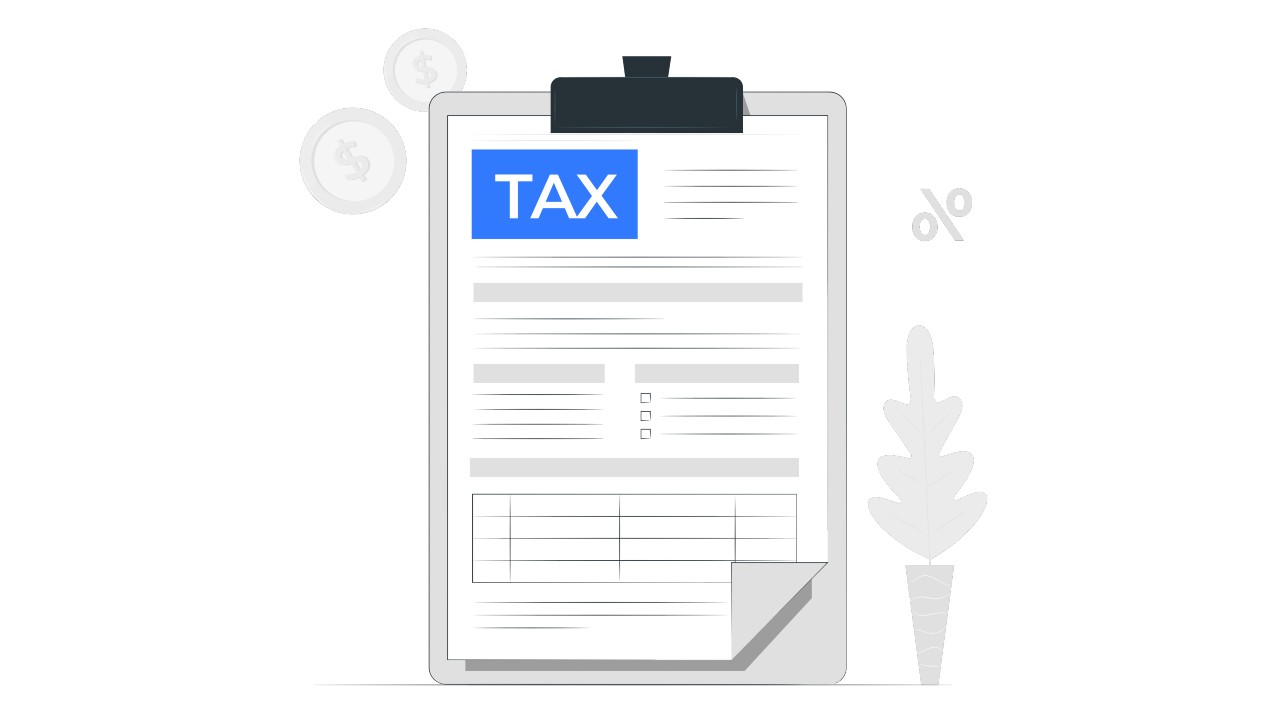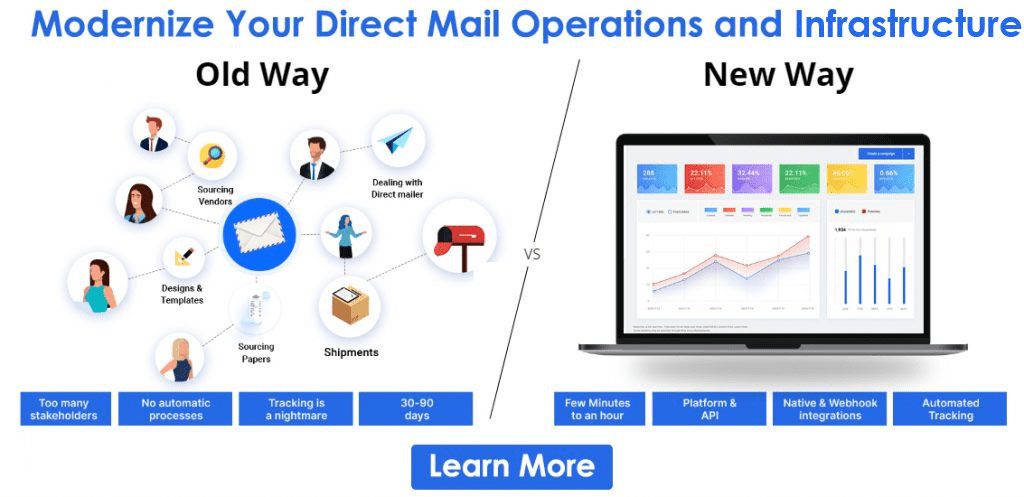How to Send Tax Documents Securely
How to Send Tax Documents Securely in the Mail: Is Email a Smarter Choice?
You don’t want your documents to end up with people who can misuse the data maliciously. Also, you risk identity theft leading to several broader issues for you. So, how to send tax documents securely?
Tax documents consist of all your confidential and financial information, like:
- Name and contact details
- Social security number
- Banking information, etc.

Now, there are many options for you to send the documents to your accountant. This blog reveals which channel offers the safest way to mail tax documents, prioritizing your security.
You may opt for email for convenience, but most hackers lurk online and can read your files easily. Hence, we often hear people asking confusingly- is it safe to email tax documents?
The short answer is no!
If you think we are dismissing emails very quickly, keep reading below as we get into the details. Also, we have many tips and methods for you to ensure you send your tax and other legal documents reliably and confidentially!
Let’s begin!
How to Securely Send Tax Documents?
Below, we have compiled a list of options to help you make a wise decision:
Fax Your Documents
Many people consider faxing one of the quickest and best ways to send tax documents to your accountants or other tax professionals. It is also supposedly secure unless an identity thief manages to tap their phone lines and intercepts the transmission.
However, there are many more cons of faxing confidential documents, including:
- You may fax the files to an unintended recipient because you had the incorrect fax number. If this recipient is a fraudster, they can steal your details in no time. Hence, there are mixed reviews on whether faxing is the safest way to mail tax documents!
- Also, faxed documents are often unclear and hard to read. Your accountant may have to call you several times to ask whether a number is three or eight, and so on.
Thus, it is advisable to use faxing only while mailing less-critical documents or if you have absolutely no other option available.
Use Email
Email is cost-effective, fast, and easy to use. But, your file attachments and email messages are highly vulnerable to digital fraud. Hence, it poses the question of- is it safe to send tax documents via email.
First, avoid sending your social security number or bank account details in plain text via email. It may seem tempting to quickly type the information your accountant needs and send it without encryption. But, it is best to refrain from this practice.
Emails travel from one device to another openly—without any privacy or confidentiality system in the picture. Anyone who encounters these emails can read the contents without issues. Also, many service providers make money by reading unencrypted emails, making it a massive problem for users. Another reason email is not the safest way to send tax documents is service providers who focus on using your data for marketing. Computers can scan your attachments and emails to send marketing messages to specific audiences.
So, how to send tax documents securely via this channel? You can employ any of the following methods:
- Send password-protected files only: Attaching word files is probably not the best way to send tax documents. You must convert them into PDF format and use a tool like Adobe Acrobat DC to secure these files using a password. It lets you encrypt your documents and protect them from prying eyes. Remember to share the password only with the recipient.
- Create ZIP files: ZIP files reduce the size of your documents, allowing you to send multiple files in the same email. Like password-protected files, recipients need to enter the correct password to access or view ZIP files.
If you are adamant about knowing how to send tax documents securely, use these methods to ensure some privacy.
Send Your Tax Documents Via Direct Mail
If you want to compare mail with email and fax, it is the safest way to send tax documents. There are several federal and state laws that protect postal mail. Also, the USPS does an excellent job transporting your documents from your place to their destinations.
Here are some tips on how to securely send tax documents in the mail:
- Use thick and sturdy envelopes: Prevent using envelopes made of lightweight paper because they tear easily during transit. Instead, use sturdy envelopes that are thick and non-transparent, keeping your contents safe and confidential.
- Use waterproof envelopes and wallets for address labels. Sometimes, your envelopes might get wet during monsoons compromising your documents. Hence, choose waterproof packaging to secure your mailing and ensure it reaches the correct location.
- Write the proper address: You need to mention the correct delivery and return address to ensure that direct mailing is the safest way to send tax documents to you. Otherwise, you will end up with issues like mail returns, lost files, and inaccurate deliveries. Furthermore, use the prescribed USPS address format to speed up the delivery process. If you need to send the tax return to the IRS, check its website to know the precise mailing address.
- Affix correct postage: Weigh your envelopes with a postage or kitchen scale and apply the correct postage. Some tax documents weigh more than 1 oz because of multiple pages. You can try using PostGrid’s direct mail API to skip calculating the postage and carrying the envelopes to the Post Office. We offer automated mailing solutions to help you access the best way to send tax documents at industry-best pricing.
PostGrid allows you to streamline your mailing activities and ship documents straight from your CRM. Also, it lets you track your mail to guarantee that the recipient has received it.
We help thousands of companies across the US to send their tax documents via postal mail. They no longer need to worry about how to send tax documents securely. Here’s what they say about PostGrid:
“It is significant to pay the correct postage amount and package your documents well to ship them via USPS. PostGrid ticks all these boxes and makes mailing a breeze for you. It really offers end-to-end solutions that you can rely on, and you don’t have to do a thing.”
– Chief of Department (Compliance and Accounting)
Some More Tips to Help You
Following are some more tips on how to securely send tax documents:
- Keep a backup file: If you need to transmit the original copies of your tax documents, it is better that you have a backup file. You may scan or photocopy them to save on your flash drive or computer.
- Hand-deliver your documents if possible: Consider hand-delivering your files if the destination is not far from your residence or office. It helps you save costs and ensures security. However, it is not always possible, and you may need to use another channel. In this case, it is advisable to use direct mail as the safest way to send tax documents.
Which Is the Best Way to Send Tax Documents Via the USPS?
Now that you know offline mailing is the ideal choice for sending tax documents, here is a list of USPS services to help you:
Priority Mail
Priority Mail allows you to ship your documents in only one to three business days. Also, it provides flat-rate pricing to keep the postage rates minimal. The good news is that you can track your Priority Mail items, assuring you that it is the safest way to send tax documents. You can view the status in real-time and know the exact date and time of your item delivery.
The USPS provides a $100 insurance cover on most Priority Mail items. Moreover, if you are worried about how to send tax documents securely in the mail, this USPS service lets you request a free pickup from your office or home.
Priority Mail Express
This option is helpful when you need to send your tax documents urgently. However, please note that the IRS considers the date of mailing instead of the delivery date. Hence, you can even ship your return on the last day, making offline mailing the ideal and best way to send tax documents.
Priority Mail Express is costlier than Priority Mail. But, it offers a next-day to 2-business days shipping guarantee. The prices include the delivery signature record that you can store as evidence. But remember to request it at the time of purchase.
First-Class Mail
If you ask the USPS how to securely send tax documents, they might also recommend using First-Class Mail. It allows you to mail items within one to five business days, depending on your destination. Prices start at only $4.50, but you cannot track First-Class Mail.
Therefore, most people pair it with Certified Mail to make this service the safest way to send tax documents. You may need to pay extra, but it offers peace of mind and ensures deliverability.
How to Use PostGrid’s Direct Mail Solutions to Ship Your Tax Documents?
Our automated direct mail services enable you to send your mailpieces in only a few easy steps. You can first integrate our API into your CRM. Hence, you can use PostGrid to mail anything you want at any time, including your tax files.
PostGrid provides the safest way to send tax documents because it is HIPAA compliant and prioritizes your data privacy at all stages. Also, it offers printing services, helping you skip the trouble of purchasing an additional office printer or dedicating hours of your time to print and arrange the files.
Here are some crucial features that we offer, making our services your best way to send tax documents:
- Address standardization and verification: Our address verification capabilities are CASS-certified to ensure that you mail correctly. We also use the NCOA data files to update your database and avoid inaccurate deliveries.
- Reasonable pricing: PostGrid understands how clients feel sending documents via offline mail is expensive. Our team has met several clients who first thought shipping documents is costly than using email. We also discussed- is it safe to email tax documents. And after a lengthy discussion, the client agreed that direct mailing offers a much better ROI and added security. All you need to do is find a service like PostGrid that can offer flexible membership plans.
- Zero manual effort: It is tiring and daunting to print multiple pages of tax documents, assemble them correctly, and stuff them into envelopes. Also, manual work is prone to occasional mistakes- that may result in legal problems. Hence, in-house processing is not always the safest way to send tax documents. Luckily, PostGrid lets you eliminate manual tasks and do everything online.
- Reports and analytics: You can access your saved contacts and details about every mailing through your dashboard. Hence, you can check the records anytime and keep tabs on all your shipping activities.
Conclusion
During the tax season, it can be overwhelming to send numerous documents to a professional to prepare your return precisely. Thus, it is helpful to settle on a reliable option beforehand. In this blog, we discussed several methods of how to send tax documents securely. We hope you use the safest option to transmit your items without any issues.
PostGrid can help you ship your important documents without you doing anything. So, if you want to choose email for convenience alone, you have a better option now.
Request a demo now to see how PostGrid makes direct mailing the best way to send tax documents securely and privately!
Ready to Get Started?
Start transforming and automating your offline communications with PostGrid
The post How to Send Tax Documents Securely appeared first on PostGrid.
source https://www.postgrid.com/safest-way-to-send-tax-documents-securely/




Comments
Post a Comment